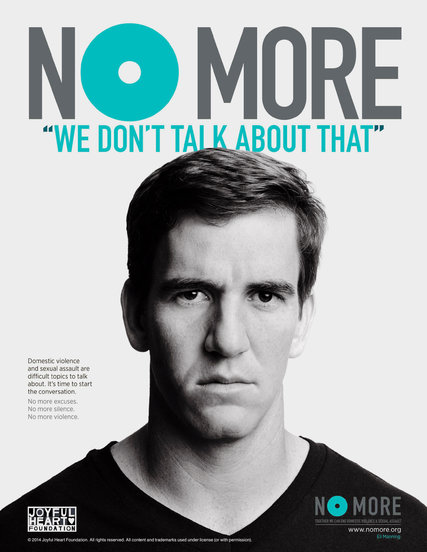Today we celebrate the memorial of St. Martha. Martha is often assumed to be the “harried hostess performing her kitchen duties without help from Mary,” writes Warren Carter (“Getting Martha Out of the Kitchen,” 266), who argues that this is a misreading of the whole pericope. Too often, uncritical assumptions about gender roles and household duties obscure the central tension here, which is about different leadership styles in ministry and the reality of burnout for female leaders.
Luke 10: 38-42 is found within the travel narrative, after the Good Samaritan. We have just heard Jesus say “Go and do likewise,” and then Jesus is received in Martha’s home. We know from earlier in the chapter (10:1-20) that when Jesus is received it is more than about the hospitality of food and shelter. Carter explains that “it primarily denotes the embracing of the disciples’ mission and its eschatological reality” (267). In Luke 10:40, Martha is said to be “distracted” because of the serving she is doing. But this is the same word, diakonia, used to describe a missionary role, such as being a “go between” or spokesperson (J.N. Collins, Diakonia: Re-interpreting the Ancient Sources, 191, 336). Carter explains that by the end of Luke-Acts, “Luke’s audience has encountered the noun diakonia eight times in contexts that concern not kitchen activity but participation with others in leadership and ministry on behalf of the Christian community” (270). Martha is not just doing the dishes. Martha is complaining to Jesus because she is experiencing burnout from her role as minister and leader in the Christian community. Martha’s cry is the lament of every working woman today who needs to complain to someone because the work is JUST TOO MUCH.
Martha and Mary are not the only women in the New Testament who are working in partnership for the wider church. For example, the preachers Mary (Luke 1:46-55) and Anna (2:36-38), the four women prophetesses (Acts 21:9), women patrons (Mary in Acts 12:12 and Lydia in 16:15) who host believers in meetings in their homes, Priscilla the missionary (18:18) and teacher (18:26). In both John and Luke, when we see Martha and Mary together, Martha is the dominant figure. Mary Rose D’Angelo explains that “Martha does the talking… the house is hers.” (77). D’Angelo interprets Martha and Mary as a missionary couple presiding over a house church like Prisca and Aquila, Philemon, Apphia, and Archippus presided (78).
So what does Luke 10:38-42 mean? One way of reading the text recognizes simultaneously the partnership of Martha and Mary in their ministerial work, and also their different viewpoints about how to proceed. Martha’s appeal to Jesus, in Carter’s reading, is because there are tensions between the sisters about their missionary partnership. “Mary is not pulling her weight,” in Carter’s interpretation. But Martha needs to be reminded that her ministry is not a solo act. Carter explains:
The instruction closing Jesus’s story about the Samaritan, “Go and do likewise” (10:37), emphasizes active ministry. Martha is one who rightly and commendably goes and does likewise, but her ministry and leadership activity has left her “distracted with much ministry,” “anxious and troubled.” In the context of the alternating patterns, and of Jesus’s comment in 10:42, it seems that she has neglected the source of that ministry. Mary appears as a person who has the “one thing” that Martha needs at this time to regain her single-heartedness, to listen to Jesus’s teaching (cf.10:23-24). In the context of the interweaving of the two themes throughout chapter 10, the gospel’s audience is not invited to choose one woman rather than the other but, like Martha and Mary, to find partnership between them… Martha’s concern about being “distracted with much ministry” is answered when the Lord recalls her to the basis of her life work, to that which sustains her ministry (10:41-42).
In other words, Mary doesn’t “win” any debate, but both are invited to recharge so that they can recommit another day to active ministry in partnership.
For many of us, reflection on the story of Martha as a role model can provide an opportunity to ask how we can recharge and renew in order to sustain our multiple commitments. Many people are experiencing burnout, physical fatigue, and mental exhaustion as a result of being overstressed and overworked in our present unprecedented situation.
What sustains you in your work? How can you spend some time recharging?
Saint Martha, pray for us.
Recommended Readings:
- Warren Carter, “Getting Martha out of the Kitchen: Luke 10:38-42 Again.” Catholic Biblical Quarterly 58 (1996): 264-280.
- Mary Rose D’Angelo, “Women Partners in the New Testament” Journal of Feminist Studies in Religion 6 (1990): 65-86.
- Elisabeth Schussler Fiorenza, “A Feminist Critical Interpretation for Liberation: Martha and Mary” Religion and Intellectual Life 3 (1986) 21-36.




